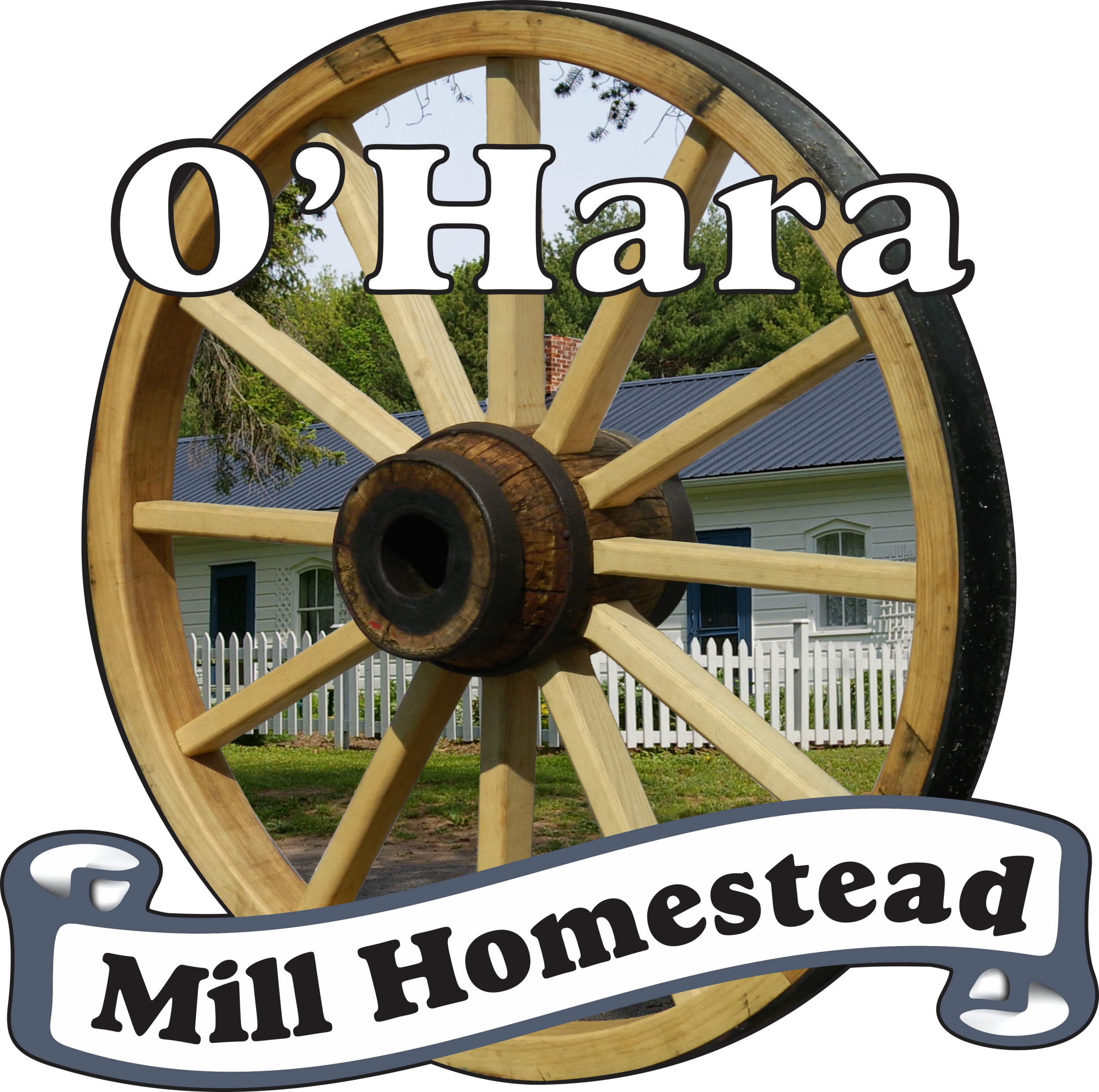All Work and No Play....
Customs and Traditions/ August 7th, 2021
Organized community activities in Madoc were not popular until the 1870s as most of the energy exerted before this time was put towards survival and development of the homestead.
Bees
Bees and socials became more common as settlers began to have more established homes and farms. A bee was an activity that the community would take part in to accomplish a task. Bees also provided the opportunity for neighbours to build bonds and develop supports as well as partake in some fun!
A common bee was corn-husking. The community would gather together to husk corn after the harvest and would all partake in a corn-boil dinner.
Another bee that was common was a barn-raising bee. The men of the community would gather together to help raise a neighbor's new barn. The men’s wives and daughters would often prepare lunch and dinner for everyone to share. The evening after the barn was raised would be filled with music, dancing, and lots of whiskey.
Socials
Socials were a more formal community gathering that was often organized by a particular club or group and was a common way to encourage the development of new courtships in the community. For more information about the popular types of socials in Madoc at the time, read our blog post from Wednesday titled; “Happily Ever After”.
Sports
Aside from organized events, the settlers enjoyed a variety of outdoor games and sports. Ice skating was particularly popular in Madoc in the 1800s and remains popular today. Arenas were not common in small communities at the time so anyone who wished to partake in ice skating needed to wait for the nearby pond or river to freeze over in the winter.
A pair of skates that belonged to the O’Haras
The settlers had the Indigenous peoples in the area to largely thank for their diversity of sport and activity. They introduced to the settlers tobogganing, snowshoeing, lacrosse, and canoeing. Most of the outdoor activities the settlers actively took part in occurred during the winter months as there was no major farm work that needed to be accomplished during this time. Although, lacrosse and soccer were played during the warmer months when the amount of chores allowed it.
For adults that preferred less demanding activities; checkers, billiards, parcheesi, cribbage, and whist were all popular. Whist was a card game that involved two pairs of players. If you want to try playing whist yourself, check out this link: https://bicyclecards.com/how-to-play/whist/
Organizations
An O’Hara Freemasons ceremonial apron
A good sense of community was important to settlers and socialization became more popular as time went on. As such, many groups, organizations, and clubs began to pop-up. The Freemasons were one of the first organizational groups in Madoc and sparked the fire for more groups to form. The Madoc Women’s Institute was another major group to appear in Madoc. They organized many events as well as provided fundraising opportunities to benefit the community. The Madoc cenotaph, unveiled in 1928, was erected thanks to the Women’s Institute. In 1878, there were plans to establish a brass band in Madoc with Louis Weiss as bandmaster. The band provided music for many events like May 24th, parades, and socials. They were so popular that a bandstand was built, and stood up until 1910. The band itself was integral to village celebrations until it fizzled out at the close of World War II.
As the saying goes, “All work and no play makes Jack a dull boy”. There is plenty of truth to this saying as fun activities provided an outlet for settlers and ultimately increased their quality of life.
𝓗𝓮𝓪𝓽𝓱𝓮𝓻 & 𝓜𝓲𝓪


